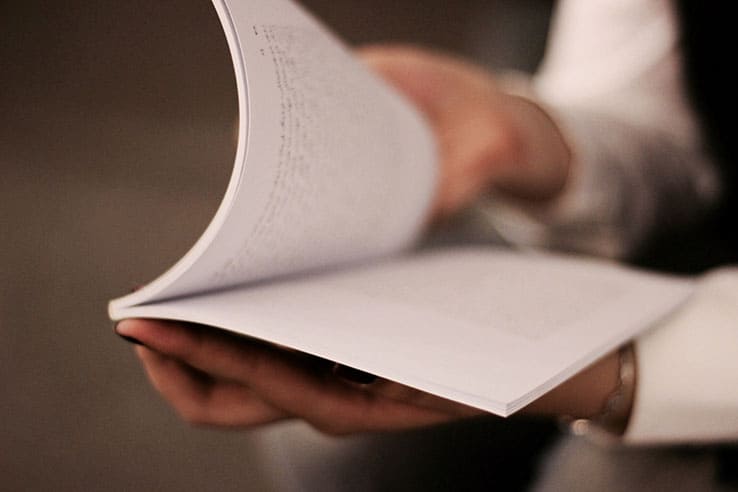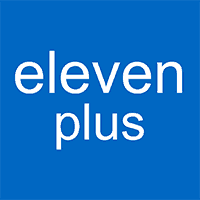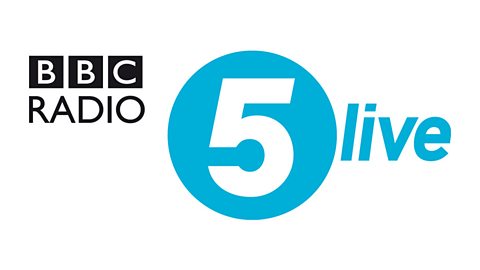11 Plus CSSE, FSCE, GL and Independent School Comprehension Tips – 2024
Comprehension exercises for the 11+ English exams vary considerably both in terms of difficulty and content. In addition to this, your child may have little to no experience facing such questions within a strict time limit. This all means that comprehension exercises can sometimes be far more challenging than they initially appear.
The text: What to expect?
The text used within comprehension exercises may be either fact-based or fiction. Some regions may use classic texts, such as Dickens, Orwell or Hardy (this is most certainly the case within Essex). In this instance, it is essential that your child experience as many period texts as possible; a great place to start in this instance would be with ‘A Christmas Carol’ as the majority of children are well accustomed to the general storyline, and it also serves as a relatively short text.
As an alternative, however, and in other regions, text may not be the work of a published author; it may instead be a simple story or an informational piece that has been written specifically for the 11+ exam.
Buy My Comprehension Pack!
How to be effective at the 11+ Reading Exercises?
When it comes to making your reading more effective, there is one crucial tip to keep in mind when reading and doing the comprehension exercises. Namely, before you start reading the text presented to you in the 11+ test, go to the questions first read them and try to understand them well. Then, go to the text and start reading it to get the needed answers.
I understand this may seem counter-intuitive, and you may think this will slow you down, but in fact, it will not. What it will do, instead, is bring your focus to the most critical parts of the text and help you find the correct answers immediately, without wasting your time on the unimportant parts and without going back and forth to the text and questions.
After you have done so, read the text and when going through it, mark all the parts mentioning information stated in the questions too. This will help you track down the answers easily – don’t forget to mark those sentences containing the answers in the margin with the number of that same question.
While reading and answering, if you notice your concentration is fading away, stop for a short while, look around, and take a few deep breaths before you continue reading and answering the questions. This will help you immensely with your focus and will bring back your concentration to carry on. Also, following the words with your pencil will help you not lose track and focus your eyes on what you are reading.
The passages that you are presented within the test are almost always taken from a book. This is why you should always read the name of the book. It will be written at the end alongside the name of the author. This is where you may also find a clue for the place or time of the passage.
Going back to the marking and underlining, another critical thing to emphasise is the names in the text as they appear. There is a strong chance you will be asked about the characters’ names later on in the questions, so why waste time going back and searching when you can mark them and find them immediately when you need them? This also helps later on if you are asked to continue the story.
However, when it comes to highlighting, be careful not to highlight everything. By underlining most things, you will be confused about what you need and when you need it, and you may create a mess that will only slow you down in the end.
One important rule of not getting stuck in the text on words that you do not understand their meaning is to continue reading. You will most likely understand the word by finishing reading the sentence or even the next one, just by getting the main idea behind the text. Alternatively, even if you cannot work it out, move on and not waste your time.
Furthermore, remember that the questions at the end of the text are written in order. Meaning, that you will find each answer to each question in the text, consequently one after the other. So the first three or four questions will be at the beginning of the passage, then the middle questions after that will have their answers somewhere in the middle of the passage, and the last questions will be near and at the end of the passage.
And lastly, pay close attention to the marks each question brings you. Always focus on answering the questions with the most marks first and then going to those with less.
Top Tips for the 11+ Comprehension Exercises
- Comprehension exercises may feature subheadings within the text. These should serve as pointers in answering the question. Your child should think of these as signposts and as a tool to speed up exam completion.
- Your child should find a balance between reading at an excellent pace and reading steadily enough to absorb the meaning behind the text.
- You may want to encourage your child to write words within the margins of the exam paper to denote the critical points of each paragraph. Bear in mind, however, that this should serve as a simple aid that speeds your child in referencing back to points within the text. As such, it shouldn’t take up too much of their time.
- Ensure that your child is reading through the text only once before starting on the questions; reading through twice or more generally won’t aid in retention and will most likely only slow your child down and eat into their writing time.
- Throughout answering questions, your child should always check back to the text rather than answer based on memory alone. This is particularly important given that comprehension exercises frequently feature numerous similar phrases and words.
- Ensure that your child fully understands the meaning of terms such as ‘metaphor’ and ‘simile’ and can differentiate between them.
- Remind your child of the one golden rule behind the 11+ Comprehension Exercises, and that is always to remember that the answer lies in the text.

Answering the 11 plus exam questions
When answering 1-mark questions, it is acceptable to answer them with only a short phrase or even a single word. You do not need to waste much time on the low-mark questions with complete sentences.
Furthermore, the marks on each question will tell you plenty about your answer and how you should shape it. For instance, a question worth 2 or 3 marks requires 2 or 3 parts to your answer. To give you a better idea of this concept, here is an example:
– When the car first started going downhill, what happened? (3 marks)
Here you should look for 3 things that happened to answer the question and form the complete sentence. For example, this is what a complete answer should look like:
– When the car first started going downhill (1), the children started panicking (2) and they looked for the brakes in order to stop it (3).
High-mark questions: The questions that bring you 5 or 6 marks are questions that test your in-depth comprehension of the whole passage. You usually find them at the end of the test. Follow these simple tips below to score the maximum when answering:
- Make your point
- Give an example to support your statement written previously – you point
- Explain as to why you are using that example with which you have backed up your point.
The Key Phrases in the 11+ exam
Remember that the 11+ exam is testing your comprehension of the text given to you. Here, comprehension means understanding, and they want to know if you have understood the text as much as the questions themselves. So, look for these key phrases to give correct answers:
‘Use evidence from the text to back up the given answer’
- This means that you are asked to quote a specific example from the passage within your answer to support your statement. Don’t forget to look at the number of marks in each question. This will tell you whether you need more than one example and/or quote to complete the answer and score maximum points.
‘Use your own words’
- When you are asked to answer using your own words, you should not quote or use any words used in the text in their exact form. Instead, you should rephrase the needed part of the text when answering.
‘Use specific reference to the text’
- When you see something like this, it means that the examiner needs to see actual references as to why you have used that specific evidence from the words in the
About Me:
James Goldsmith
Academic DirectorJames graduated from The University of Sussex in 1996 and completed his P.G.C.E teaching qualification in 1997. Since then, James has worked as both a teacher, examiner and in management across a broad spectrum of the State and Independent Education sectors. He is committed to constantly upgrading his teaching skills and raising standards.









Comments